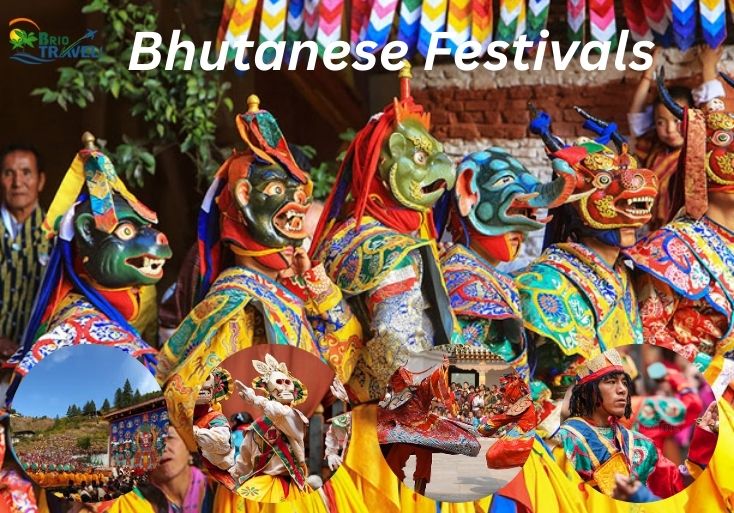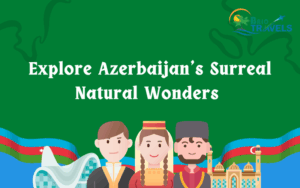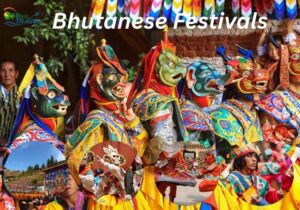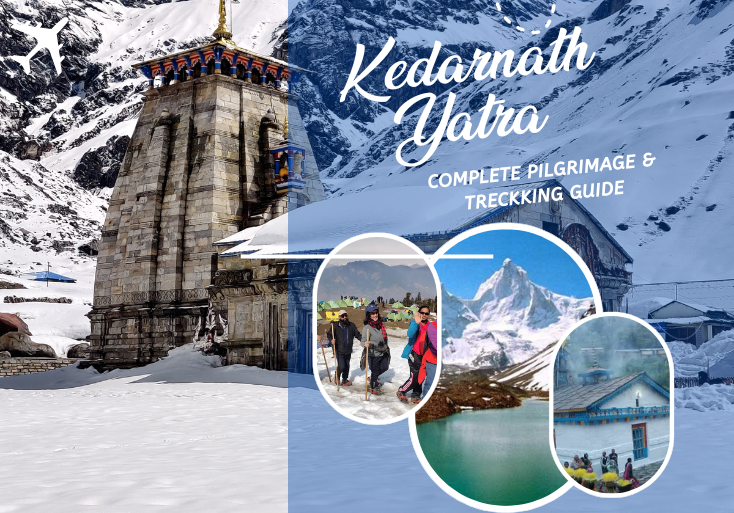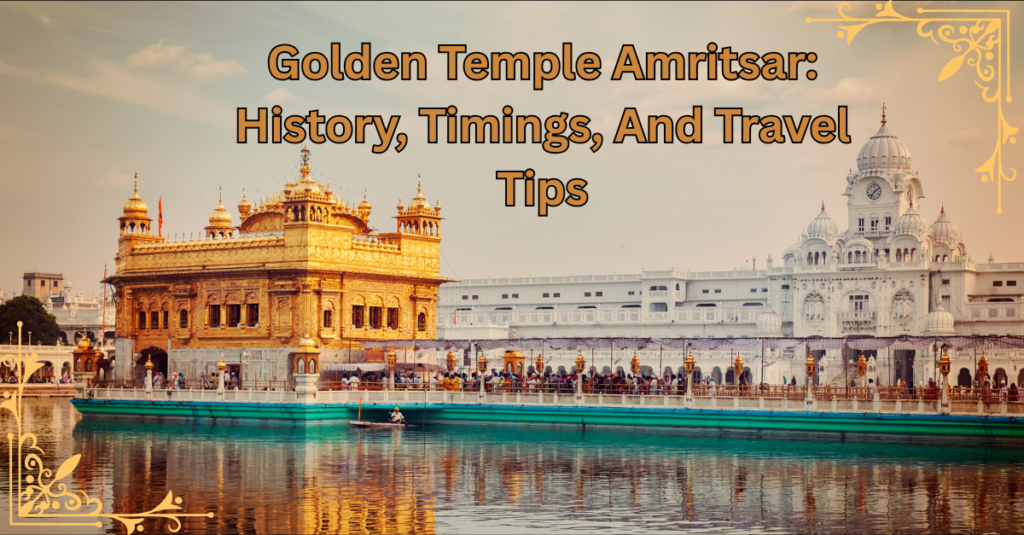Bhutanese Festivals: How to Experience the Magic of Local Celebrations
Introduction
Bhutan’s culture is best depicted at its classic celebrations. In Tshechus and local celebrations, men and women pray, uphold customs, and collectively enjoy the festivities. Bhutanese festivals say something about the character of the country rather than about their cases.
Many tourists from across the globe come to Bhutan for a glimpse of masked dance, vintage traditions, and vibrant festivals. To present Buddhist myths, festivals employ music and dance. If you are a culture enthusiast, do not forget to place festivals in Bhutan on your wish list.
This guide’s purpose is to help you discover the joy of these festivals. Each one is unique, such as the grand Paro Tshechu and the strange Jambay Lhakhang Drup. Did you ever think you would be celebrating in Bhutan? Let’s start.
Why Bhutanese Festivals Are a Must-Experience
Bhutan’s traditions at festivals are very much linked to Buddhism. Honoring saints and deities is a job shared by monks and ordinary followers in this faith. Timenti Cham are significant ceremonies performed to bless those present.
Events like these are packed with so much energy. People wear the best kira and gho, and masked dancers move to old music. All shadow play includes meaning, often showing good overcoming evil.
You would be lucky to see ancient rituals while enjoying a Bhutan festival. Festival season, which falls in spring and autumn, is the ideal time to visit Bhutan. You can find spiritual meaning or explore these cultures in depth, and these celebrations won’t disappoint.
Don’t only see the festivals—revel in the happiness, the faith, and the wonder of them. You’ll remember this time all your life.
Top 5 Must-See Bhutan Festivals
Each spring, Paro Tshechu is the main highlight of the season. The highlight? A colossal silk Thangka painting is displayed at sunrise. Local people think that seeing it brings them good fortune.
Thimphu Tshechu livens up Bhutan’s capital. Their dance movements include telling stories from the past. At the end of the festival, a sacred relic is put on display.
Punakha Drubchen brings to life events from the 17th century. Traditional armor is worn by warriors who guard the dzong. After the scriptures are spread, the Tshechu dances bring tremendous spirituality.
Visitors are always surprised by Jambay Lhakhang Drup. Around midnight, monks go into the woods for the Tercham naked dance. The ceremony of Mewang helps to cleanse the mind of sin.
The festival in Bumthang seems full of mystery. There are unique rites performed at three temples. Get some buckwheat pancakes on your way out of the dances.
How to Plan Your Trip Around Bhutan Festivals
You can see the festivals of Bhutan best between March and April and again between September and October. Keep in mind that early booking will save you because Paro’s airport is usually busy.
Tourists are required to have permits. Your hotel or tour operator makes the arrangements for them. Bring on the layers, since the mornings will still be cold.
Love photography? Choose Thimphu. Prefer intimacy? Try Bumthang. Be sure to hike to Tiger’s Nest when visiting Paro.
Brio travels helps you to plan your tour.
What to Expect at a Bhutanese Festival
You can see prayer flags everywhere. Many families picnic wearing their attractive traditional outfits. Monks sing in chant while cymbals sound loudly.
Cham dances are incredibly captivating. A few masks go higher than the dancers. The Atsara (clowns) are religious spiritual guides, so don’t forget to see them.
Yak cheese momos and butter tea are sold by the vendors. Handmade textiles are great to buy a souvenirs.
Mute your phone’s ringtone during worship. Always get permission before taking pictures of people’s faces. Leave your caps or hats behind whenever you are in a temple.
Insider Tips for the Best Festival Experience
You’ll want to be seated by 8 AM to get the front rows. If you want the best location, you need to hurry.
Choose footwear that will keep you comfortable – you’ll be standing most of the time. Remember to use sunscreen while you are at high altitudes.
The meaning behind the steps in the dance is explained by knowledgeable locals. They’ll help you recognize which masks are associated with angry gods.
We ask all guests to leave their flash cameras off in the ritual areas. You should use zoom lenses for taking sports photos. A few times in a ceremony, you aren’t allowed to take photos.
Beyond the Festivals: Cultural Experiences in Bhutan
The country’s unique charm extends deep outside the realms of its festivals. The stories of belief and history make up the ancient monasteries and dzongs. Tiger’s Nest Monastery is built on a cliff, so visitors enjoy great views. At sunset, Punakha Dzong becomes golden and can be seen on the confluence.
Any food lover will be happy in Bhutan. Give Ema Datshi a try which combines chilli peppers in a creamy cheese sauce. All along the street markets, you’ll see steamed momos (dumplings). Trying buttery suja tea is a great way to warm yourself up.
To make real friends, avoid travel agents and locals are best. Farmhouse homestays provide chances to milk yaks, do flour grinding, and have conversations by a fire. As soon as guests arrive, villagers usually invite them to play the nation’s favorite sport: archery. They are as memorable as taking part in any major festival in the country.
Conclusion: Your Bhutan Adventure Awaits
These festivals are bright with color, rich in tradition, and pure in spiritual values. All these dances, feasts, and fire celebrations display the spirit of Bhutan.
Visiting Bhutan during spring or autumn means you can enjoy the many festivals. There is always something unique to discover, like hiking to monasteries or having dinner with hosts.
Bhutan tour packages provide packages at very reasonable prices.

